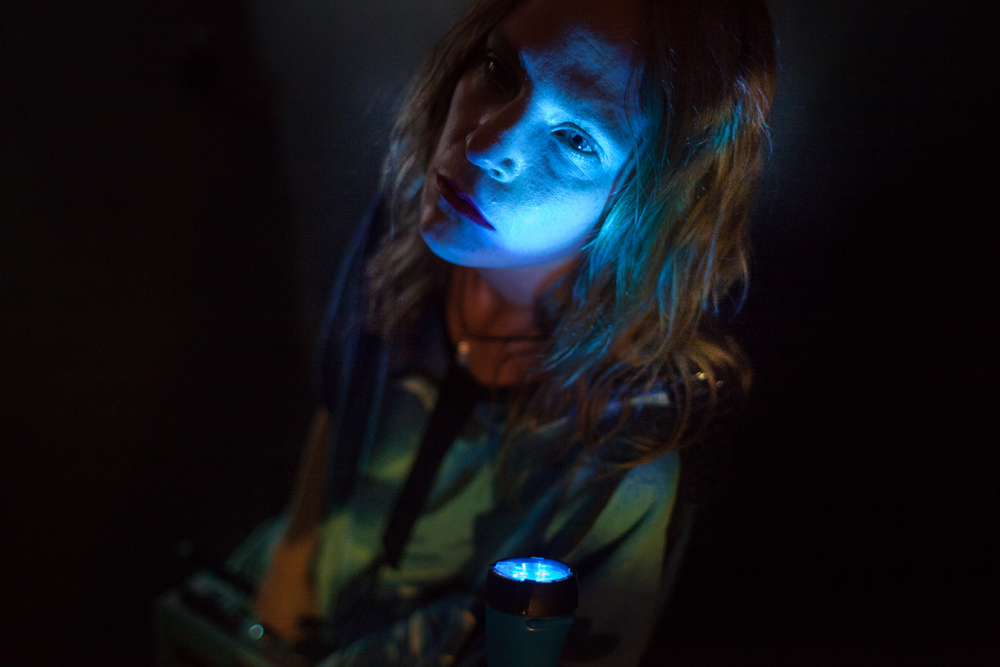There’s something strange going on in Halifax when it comes to rock drumming and contemporary artmaking. The first hint came in 2012 with former Halifax artist Eleanor King’s (whose side projects then included rock drummer for the indie band Wet Denim) shortlist nomination for the Sobey Art Award. Now another East Coast drummer (and artist) takes a turn in the Sobey spotlight, with Halifax artist Lisa Lipton’s final-five nod for this year’s award.
With a BA in painting, drawing and sculpture from NSCAD University and an MFA specializing in mixed-media installation, performance and film from the University of Windsor, Lipton’s practice over the past decade has covered a wide gamut between fixed objects, costumed stage sets and moving images, often at the same time. A typical project for Lipton—whose works have been featured in exhibitions across the country and internationally—might involve a film screening, sculptural installation and site-specific performance, not necessarily in that order or at the same venue, but all orchestrated to either coincide or culminate in a kind of loosely syncopated visual and structural rhythm. Call it a dedicated drummer’s instinct for timing, direction and an all-so-subtle touch of technical showmanship.
Her latest project, a multi-episode, feature-length “docufiction” filmwork titled THE IMPOSSIBLE BLUE ROSE, has been underway and exhibited in various forms over the past three years. Shot on locations ranging from Los Angeles and Death Valley National Park in California to the more familiar grounds of Middle Sackville, Nova Scotia, and Woody Point, Newfoundland, the work is framed as a travelling narrative revolving around what she calls “theatrical dream worlds.” Each offers its own challenge to the ideal of a “happily ever after,” as seen through the eyes of eight characters living and working in different communities throughout North America. Threaded together by recurring motifs of props and people (including drums and drummers, no doubt), and Lipton’s abiding interests in the definitive role that gender plays in popular culture and artmaking, THE IMPOSSIBLE BLUE ROSE promises to be an epic grassroots test of a prime modern paradox—the collective real-life disconnect that in many respects rests at the heart of a hyper-connected social-media age.









